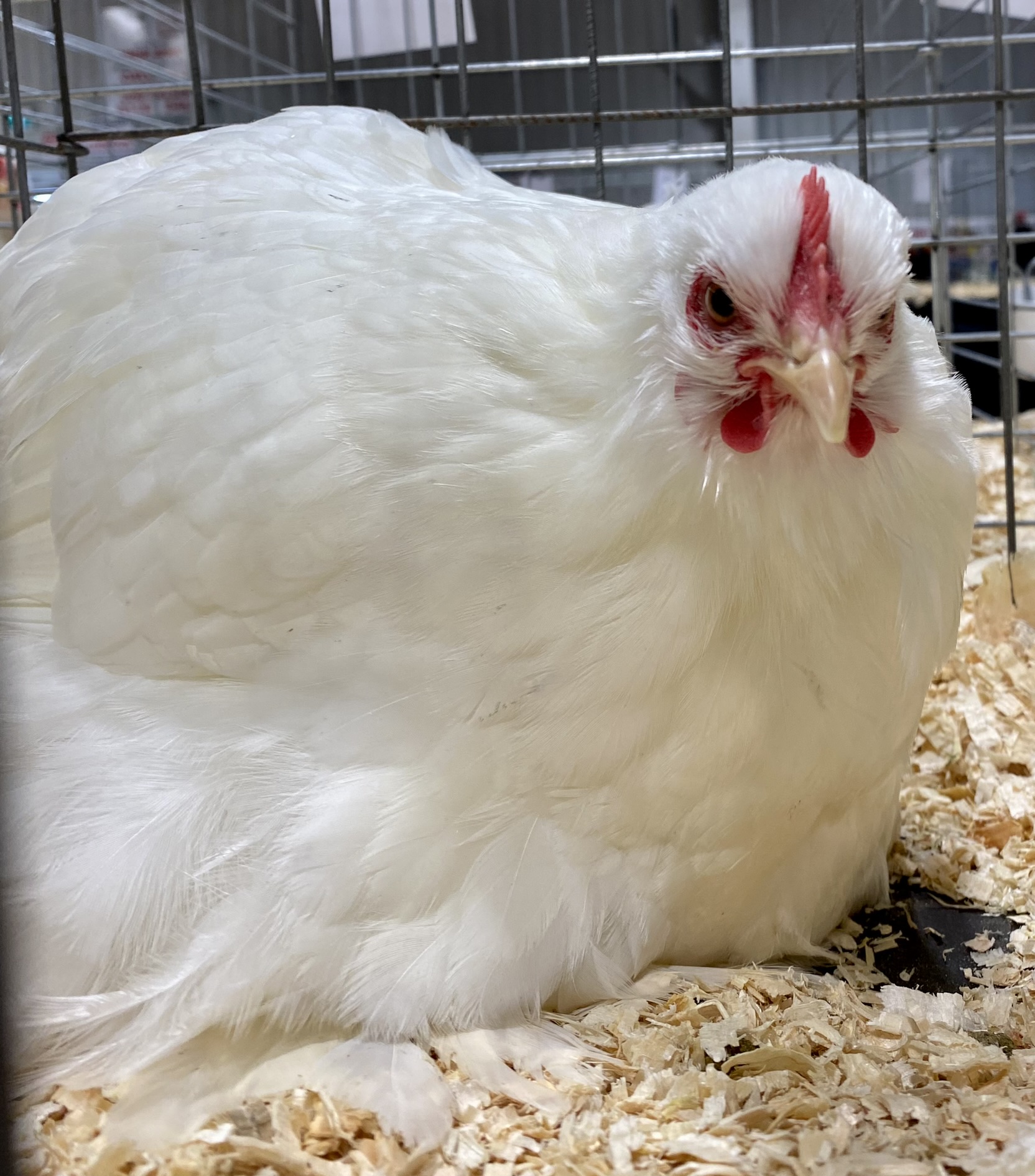Artificial Insemination in Cochin Bantams
Breeding Cochin Bantams can be accomplished through normal mating procedures (Natural pen mating) or through a process of Artificial Insemination (A.I.). The vast majority of cochin breeders today use A. I. Once learned its easy, fast and in most cases gives one 90%+ fertility. I have been asked by many and often, “how do you do it?” I have even been asked to demonstrate while standing in the show aisles! I will attempt to verbally demonstrate how I use A.I., granted there are other variations, but this has worked for me for over 20 years.
Preliminary Conditions
Before I begin, I feel it’s necessary to explain some things that will “prohibit” successful A. I. If you don’t heed these warnings you will probably not succeed.
1. Males must not be running with other birds at the time of A.I. Simply stated, they might have used up all their semen even if they are in an all-male pen! We individually pen all our birds, both males and females however, its only necessary to keep the males separate. The size of the pen they are in isn’t important for the process.
2. When catching the male cochin for artificial insemination it is important that he is not “chased” around the pen or cage. If he becomes frightened, he probably will not produce semen for you, it only makes sense right?
3. After catching the male, the process explained below must be performed within a minute or so (the quicker the better). If one waits too long you will probably fail to get semen.
4. If you fail to get any semen from the male don’t keep trying. Put the male cochin back and try artificial insemination again later in the day or the next day.
5. Even if you do all the right things, success sometimes comes only after 3 – 4 attempts (on different days). I have owned males that never did give any semen, but this is rare. Only 1 in 50 will not produce for you.
6. If you follow the procedure below and his “male parts” do not protrude with your first attempt, quit and try again later.
7. When I started breeding cochins long ago the first time I tried I failed miserably. But before long I began to see success, keep at it and you will to.

The Artificial Insemination Procedure
(It is best to have a cage or some type of containment set up next to your chair so when you are ready to switch birds, they are handy.)
I developed this technique so that I did not have to rely on a helper. Also, I am right handed.
I catch the male and sit in my chair. I place his legs between my knees, this might seem difficult at first, but once mastered it becomes easy. The male’s head is facing to my left, tail to the right. With my left hand I place my palm on his back and with one fairly quick motion rub/squeeze his back in a motion towards his tail area, this is to stimulate him. When you do this, he will (hopefully) invert/push out his “male parts”. They are pink in color and perhaps 3/8 – 1/2″ in length. Very quickly with your right thumb and first finger, squeeze /milk his male parts. It is not necessary to squeeze hard. Start close to his body and squeeze towards the right, if you are successful and “he likes you”, then you will see 2- 4 drops of white semen. Previously (before starting) I had attached a white plastic spoon (disposable ones purchased at any store) to a table’s edge using a spring clamp purchased at a hardware store. Your chair should have been positioned so that when the drops of semen become visible, you are holding the male close enough to the spoon so that they drip onto the spoon. Once the semen is on the spoon, return the male to his pen.
Get the female, sit in your chair, hold the female upside down between your legs, her head down. Grab the spoon with the semen and drip the semen into her vent. You will notice that when she feels contact with the semen her muscles will appear to pull the semen into her body. I usually hold her upside down for 20- 30 seconds, then put her back into her pen. That’s it, you have artificially inseminated a cochin chicken!
I have been told to use tuberculin syringes and other means for collecting the semen. I have found plastic spoons to be cheap and easy to get and best of all they work!
There are varied schools of thought as to how often one should inseminate. The books say semen is good for 10 days inside the female. I, however, dispute that. I breed each female every other day and find that if I go to every 3rd day the fertility lessens.
by Karl F. Rau
